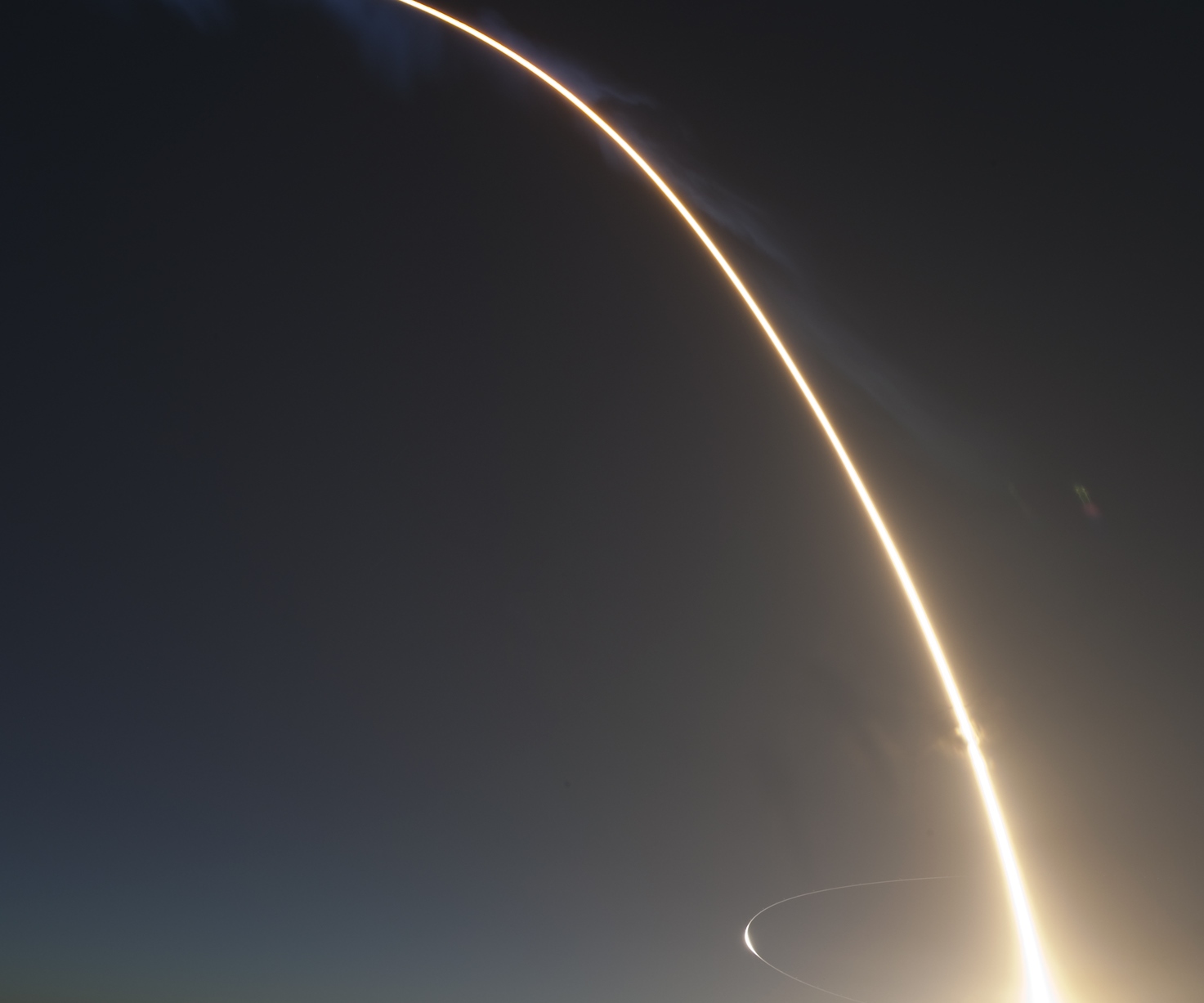
Who We Are
We are an innovative engineering firm specializing in extreme
environment equipment. Current projects in the Sustainment and Support
Phase are being operated in the Pacific Ocean at depths exceeding 800ft,
in the Mongolian deserts in temperatures exceeding 120F, Antarctica with
temperatures below -30F, and the surface of the Moon.
We have contracted with a variety of companies and agencies to pursue
near Earth and Mars projects. Separate missions to Pluto and the Heliopause
are in the Research and Development Phase.
What We Do
We are a leader in supporter government requirements for impossible
jobs. When new solutions are required that exceed current technologoical
limits, we make it happen. All weather, all environments, no matter
the sensitivity or reliability requirements.
We support the scientists, the engineers, the warfighters who are taking
their best up against the extremes of nature and mankind. When nothing
less than perfect will do, Venus Horizon Space Solutions is there.
Venus Seismography Mission Proposal: Executive Summary
Venus Horizon Satellite Services has proposed a plan to retrieve seismological data
from the surface of Venus through a reliable mission offered at a competitive price. A
projected launch date of July 1st, 2017 will ensure a 90 day window centered on Venus
and Earth’s inferior conjunction on October 27th, 2018. A Delta II Rocket will carry
a lander to Venus and land 50 days before inferior conjunction.
The lander will be
powered by three Stirling power converters generating a total of 300 Watts of power.
This generating capacity will be combined with 660 Watt/hours for reserve/high-demand operations
through sodium-sulfur batteries for power storage. There is no need for a cooling system
as all equipment will be temperature hardened through the use of advanced ceramics for drilling,
sodium-sulfur batteries that require high temperatures to operate, and silicon carbide-based
electronics.
The lander will transmit seismological, temperature, atmospheric pressure, and
wind speed back to Earth at a rate of 24 kbps with a link margin of 5.11dB. The proposed
budget for this endeavor is $706 million real dollars with a potential
in $55 million in savings by utilizing some of NASA’s existing facilities and technologies.
[1] Background courtesy of NASA https://solarsystem.nasa.gov//multimedia/gallery/PIA00159.jpg
[2] Banner courtesy of NASA
http://mediaarchive.ksc.nasa.gov/imageviewer.cfm?mediaid=46405&mr=s&w=380&h=268&fn=2010-2557&sn=KSC-2010-2557